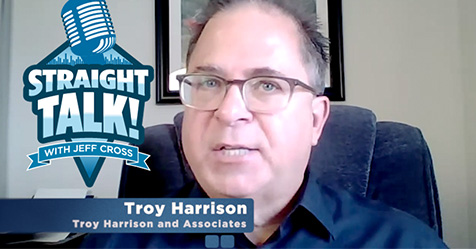Prevent Burnout to Retain Workers Post-Pandemic
More than a quarter of employees plan to seek new employment as the pandemic subsides
High employee turnover is expensive and disruptive for employers. A new survey from Eagle Hill Consulting finds 27% of U.S. employees plan to leave their employer as the COVID-19 pandemic subsides, with 29% expecting to leave their job in the next year. The numbers are even higher for millennial workers, with 33% planning to leave post-pandemic and 36% expecting to leave within the next year.
These findings are based on a May survey of a random sample of almost 1,000 employees across multiple industries. The survey also found that burnout is a major reason for the turnover, with 53% of all respondents and 60% of millennials reporting they feel burnout out from their work. The causes of burnout are varied:
- Workload is the top cause of burnout for 52% of respondents
- Juggling personal and professional life causes burnout for 44%
- A lack of communication and feedback triggers burnout for 41%
- Time pressures result in burnout for 37%.
The survey results indicate that employees who report burnout are three times more likely to leave their organization after the pandemic as compared to colleagues who are not burnt out: 39% versus 13%.
“The talent turnover tsunami is here,” says Melissa Jezior, president and CEO of Eagle Hill Consulting. “With vaccinations rates climbing and workplaces reopening, employees increasingly feel confident looking elsewhere for a job. And that is highly problematic for employers given the acute labor shortage.”
Strategies for retaining workers in a post-pandemic environment include:
- Reallocate workers talent thoughtfully, to fill gaps and help reduce workload burden
- Keep top performers engaged by focusing on career growth through training and providing transparency about career progression and compensation.
- Listen to employee needs through surveys and open forums, then provide career counseling and mentorship opportunities
- Take action swiftly and proactively to control employee turnover by acting on what you hear from your workers.


